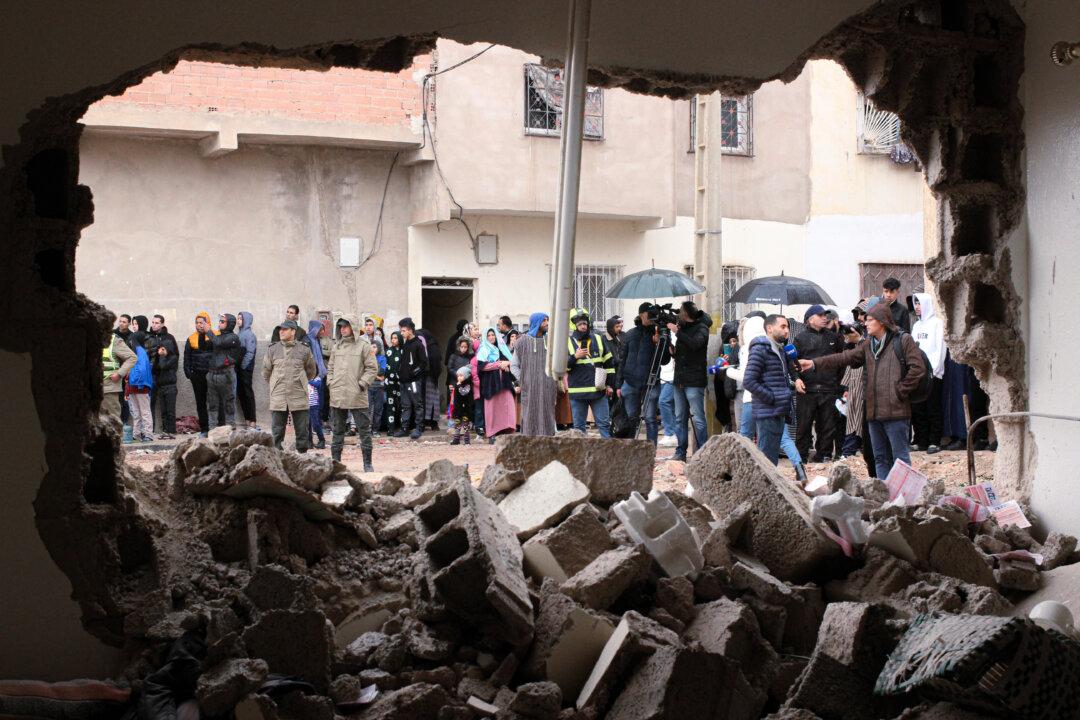WHIPPANY, N.J.—Before the big game this weekend, Matt Miazga must handle some mundane tasks.
“I’m still living at home,” the New York Red Bulls defender said, “so if my mom says I need to help with dishes, I’ve got to do it. I’m in charge of the garbage. I have to take out the garbage every Wednesday and Saturday.”
Just 20 years old and an imposing 6-foot-3, Miazga made his debut for the U.S. national team this month. He will start at center back Sunday when the Red Bulls try to overturn a 2-0 deficit against visiting Columbus in the second leg of Major League Soccer’s Eastern Conference final.
Miazga is part of a shift in American player development. He not only skipped college, giving up a scholarship from Michigan, he bypassed his final season of soccer at Clifton High School to join the Red Bulls Academy. While his buddies were playing big matches against rival schools such as Passaic Tech and Wayne Valley, he was receiving frequent training sessions with elite coaches.
“MLS teams are spending a lot more money on development and investments in those academies, so it’s a natural alternative for some players,” U.S. Soccer Federation President Sunil Gulati said.
The U.S. has never won the World Cup and hasn’t reached the semifinals since the initial tournament in 1930. Miazga is part of a group of young players coach Jurgen Klinsmann hopes will reinvigorate the national team ahead of the 2018 World Cup.
“We need some new faces, some young players to come in and start to really show what they’re all about,” captain Michael Bradley said.
As they try to catch up with the powers of Europe and South America, the USSF and MLS have started to emulate the pyramid structure developed by many clubs on those continents. The Red Bulls run youth teams for boys under 12, 13, 14, 16 and 18 — totaling about 110 players — plus an under-23 side in the Premier Development League and Red Bulls II, a reserve team in the third-tier United Soccer League.
Miazga was 13 when he attended a mass tryout for the Red Bulls Academy in 2008, earning a spot among the 23 chosen for the 2009 under-14 team. The cost-free academy guarantees at least three training sessions a week and no more than two games.
“If you look at around the world, players are developed in academies and there is a lot of investment behind it in order to move them into a professional environment,” said Red Bulls Academy director Bob Montgomery, who joined the team in 2007 after 29 seasons as Adelphi’s coach.
“One of the things that people tend to forget, we’ve only been doing it — compared to a lot of other nations — for a short period of time,” Montgomery said. “It doesn’t happen overnight just because you read a book.”






